Home>Technology>Home Entertainment Systems>What Year Was The First Presidential News Conference Filmed For Television, And Who Was The President
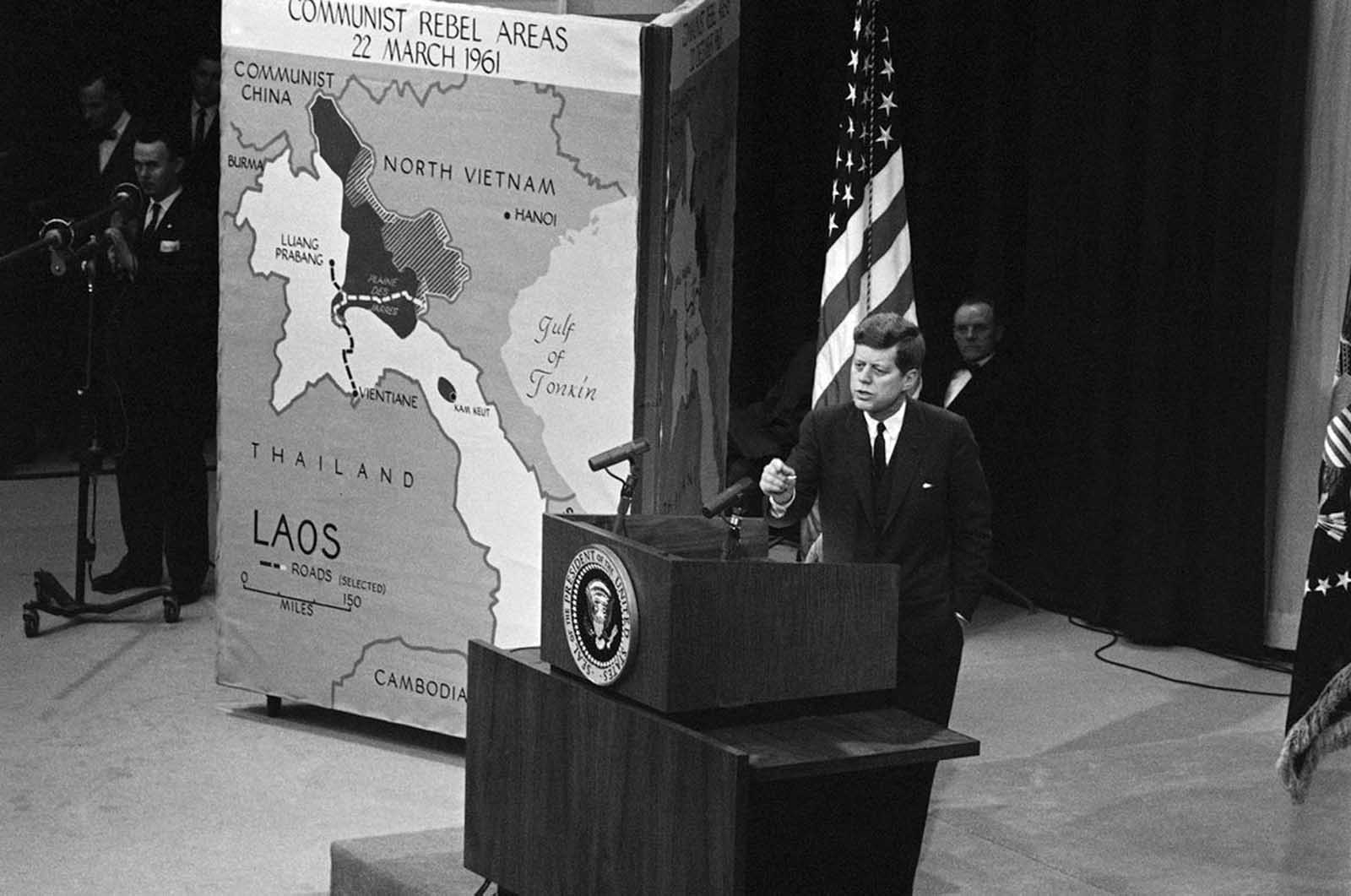

Home Entertainment Systems
What Year Was The First Presidential News Conference Filmed For Television, And Who Was The President
Published: December 21, 2023
Discover the historic moment when the first presidential news conference was filmed for television and the president who made it happen. Learn more about home entertainment systems and their impact on politics.
(Many of the links in this article redirect to a specific reviewed product. Your purchase of these products through affiliate links helps to generate commission for Storables.com, at no extra cost. Learn more)
**
Introduction
**
Hey there, fellow home entertainment enthusiasts! Are you ready to embark on an exhilarating journey through the evolution of television and the captivating world of presidential news conferences? Join me as we delve into the fascinating history of the first presidential news conference filmed for television and uncover the charismatic president who graced the screen during this monumental event. From the early days of television to the impactful intersection of politics and media, this exploration promises to be both enlightening and entertaining.
Television has long been a cornerstone of modern entertainment, serving as a window to the world's most significant events and cultural phenomena. One such pivotal moment in television history is the inaugural filming of a presidential news conference, an occasion that forever altered the landscape of political communication. As we unravel the details of this historic milestone, we'll gain a deeper understanding of the profound impact that televised news conferences have had on shaping public discourse and political engagement.
So, grab your favorite snack, settle into your comfiest spot, and let's embark on this captivating journey through time and television. Get ready to witness the convergence of politics and technology as we unveil the mesmerizing story behind the first presidential news conference to grace the television screen. Let's dive in and uncover the remarkable details that await us in this enthralling tale!
Key Takeaways:
- The first presidential news conference filmed for television took place in 1955, featuring President Dwight D. Eisenhower, marking a revolutionary shift in political communication and public engagement.
- President Eisenhower’s embrace of televised news conferences set the stage for a new era of transparency and accessibility in presidential communication, shaping the way leaders connect with the public.
The First Presidential News Conference Filmed for Television
Picture this: It’s a defining moment in the history of television, a time when the boundaries of political communication were about to be revolutionized. The year is 1955, and the mesmerizing glow of television screens across the nation is about to be illuminated by the presence of a charismatic leader addressing the American public in a groundbreaking manner. This was the era when the concept of bringing the White House directly into the living rooms of citizens was still in its infancy, and the potential impact of this innovation was yet to be fully realized.
As the cameras rolled and the nation tuned in with bated breath, the first presidential news conference to be filmed for television unfolded before a captivated audience. The significance of this moment cannot be overstated, as it marked a pivotal shift in the dynamics of political communication. No longer confined to the confines of print media and radio waves, the president’s words and demeanor could now be experienced in a more visceral and immediate way, forging an intimate connection between the leader of the nation and its citizens.
This historic occasion not only heralded a new chapter in the relationship between politics and the burgeoning medium of television but also laid the groundwork for the future of presidential communication. The visual impact of seeing the president addressing the nation directly, with all the nuances of body language and facial expressions, added a compelling dimension to the dissemination of information and the shaping of public perception.
From that moment onward, the televised presidential news conference became a cornerstone of political transparency and accountability, offering citizens an unfiltered glimpse into the workings of their government and the decision-making processes of their elected leaders. The power of this visual medium to inform, inspire, and influence public opinion was now harnessed in a manner that transcended traditional forms of communication.
As we reflect on this monumental event, we can’t help but marvel at the profound impact it had on shaping the way we engage with political discourse and consume information. The first presidential news conference filmed for television was a watershed moment that forever altered the landscape of political communication, leaving an indelible imprint on the fabric of our collective experience.
The first presidential news conference filmed for television was in 1955, and the president was Dwight D. Eisenhower.
The President and the Year
Now, let’s turn our attention to the captivating figure who took center stage during this historic moment in television history. The president who graced the screens during the first televised news conference was none other than the esteemed Dwight D. Eisenhower, the 34th President of the United States. Known for his affable demeanor and steadfast leadership, President Eisenhower brought a sense of gravitas and statesmanship to the inaugural televised news conference, captivating audiences with his eloquence and poise.
It was in the year 1955 that President Eisenhower made his indelible mark on the annals of televised political communication. As he stood before the cameras, addressing the nation with clarity and conviction, he set a precedent for future leaders to engage with the public through the powerful medium of television. His presence and command of the televised news conference format paved the way for a new era of transparency and accessibility in presidential communication, fostering a sense of connection and accountability between the highest office in the land and the American people.
President Eisenhower’s pioneering role in embracing the potential of television as a tool for direct engagement with the public laid the groundwork for subsequent presidents to harness the visual power of the medium. His willingness to embrace this innovative approach to communication demonstrated a forward-thinking mindset and a deep understanding of the evolving nature of media and its impact on public perception.
As we reflect on the convergence of President Eisenhower and the year 1955, we are reminded of the profound significance of this moment in shaping the trajectory of political communication. The enduring legacy of President Eisenhower’s televised news conference resonates as a testament to the enduring impact of his visionary approach to engaging with the American public through the dynamic medium of television.
The year 1955 stands as a pivotal juncture in the evolution of political communication, marking the dawn of a new era in which the presidency and the power of television converged to shape the fabric of public discourse. President Eisenhower’s compelling presence and the transformative nature of the televised news conference set the stage for a paradigm shift in the way leaders connect with their constituents, leaving an indelible imprint on the tapestry of American history.
Conclusion
As we bring our journey through the captivating intersection of television and presidential communication to a close, we are left with a profound appreciation for the transformative impact of the first televised news conference featuring President Dwight D. Eisenhower. This monumental event marked a pivotal moment in the evolution of political communication, ushering in a new era of transparency, accessibility, and public engagement.
The inaugural filming of a presidential news conference for television in 1955 not only showcased the power of this dynamic medium to bring the highest office in the land directly into the living rooms of citizens but also set the stage for a revolutionary shift in the way political leaders communicated with the public. The visual and emotional impact of seeing President Eisenhower address the nation in real-time, with all the nuances of his presence and demeanor, forged an intimate connection between the presidency and the American people, transcending traditional modes of communication.
President Eisenhower’s commanding presence and his embrace of the televised news conference format demonstrated a forward-thinking approach to engaging with the public, setting a precedent for future leaders to leverage the potential of television as a tool for fostering transparency and accountability. The year 1955 will forever stand as a milestone in the annals of political communication, symbolizing the convergence of leadership, technology, and the enduring quest to connect with and inform the citizenry.
As we reflect on this historic moment, we are reminded of the enduring legacy of President Eisenhower’s visionary embrace of television as a medium for direct engagement with the American public. The impact of this watershed event reverberates through the corridors of history, serving as a testament to the enduring resonance of innovative approaches to political communication and the timeless quest for meaningful connection with the electorate.
So, as we bid adieu to this captivating exploration of the first presidential news conference filmed for television and the iconic figure of President Eisenhower, let us carry forward the spirit of curiosity and appreciation for the transformative power of media in shaping our collective experience. The legacy of this historic moment continues to inspire and inform our understanding of the profound interplay between leadership, communication, and the ever-evolving landscape of public discourse.
Frequently Asked Questions about What Year Was The First Presidential News Conference Filmed For Television, And Who Was The President
Was this page helpful?
At Storables.com, we guarantee accurate and reliable information. Our content, validated by Expert Board Contributors, is crafted following stringent Editorial Policies. We're committed to providing you with well-researched, expert-backed insights for all your informational needs.
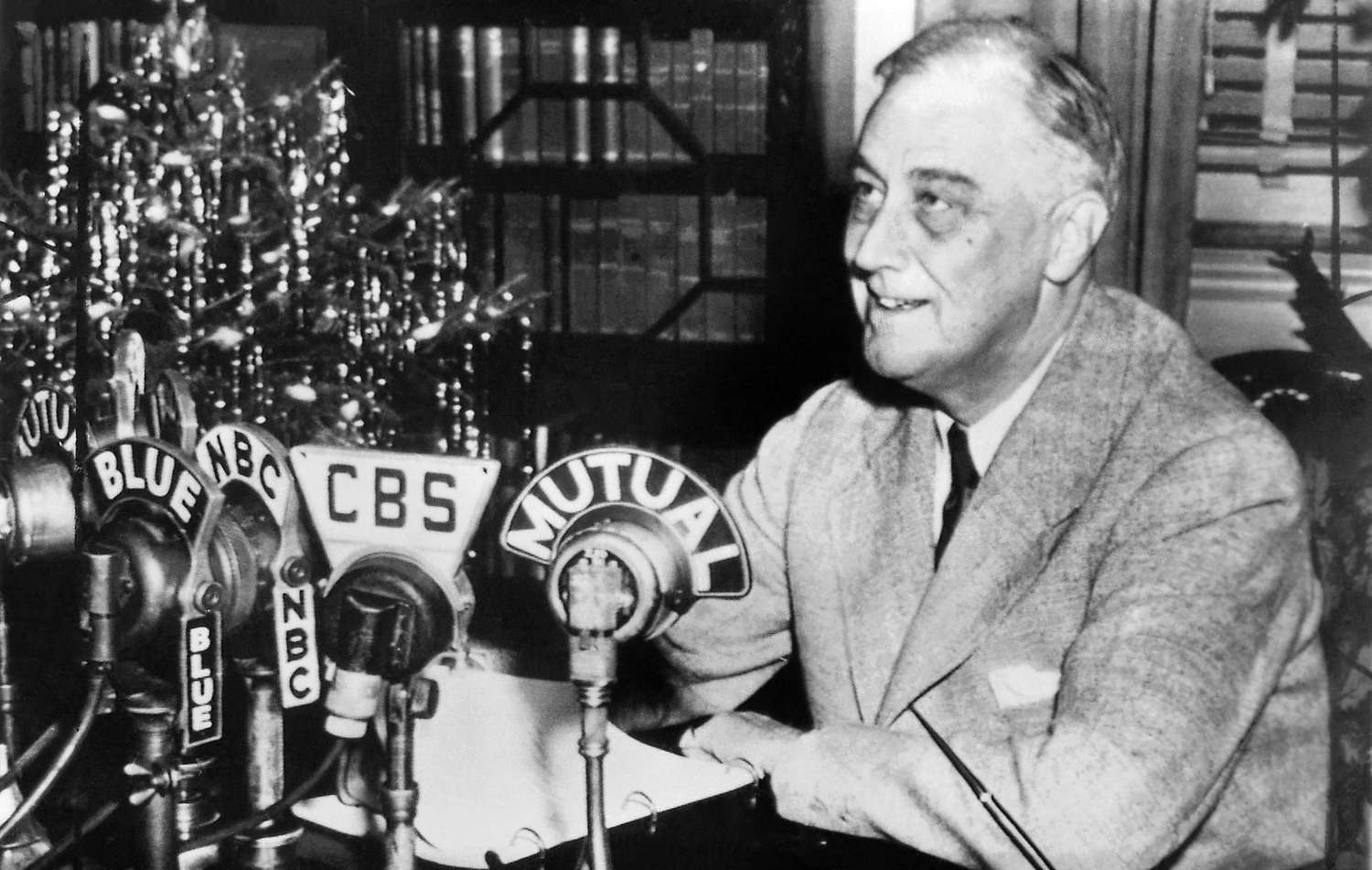
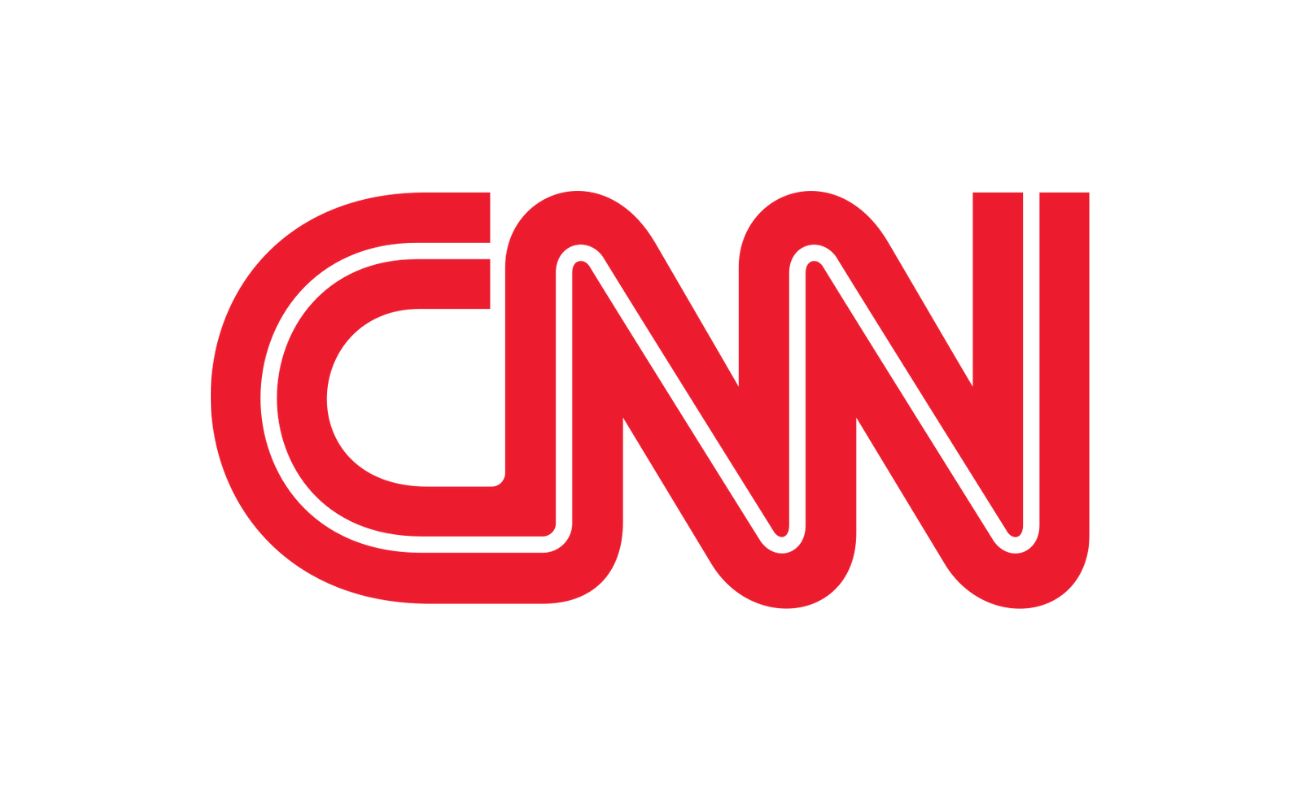
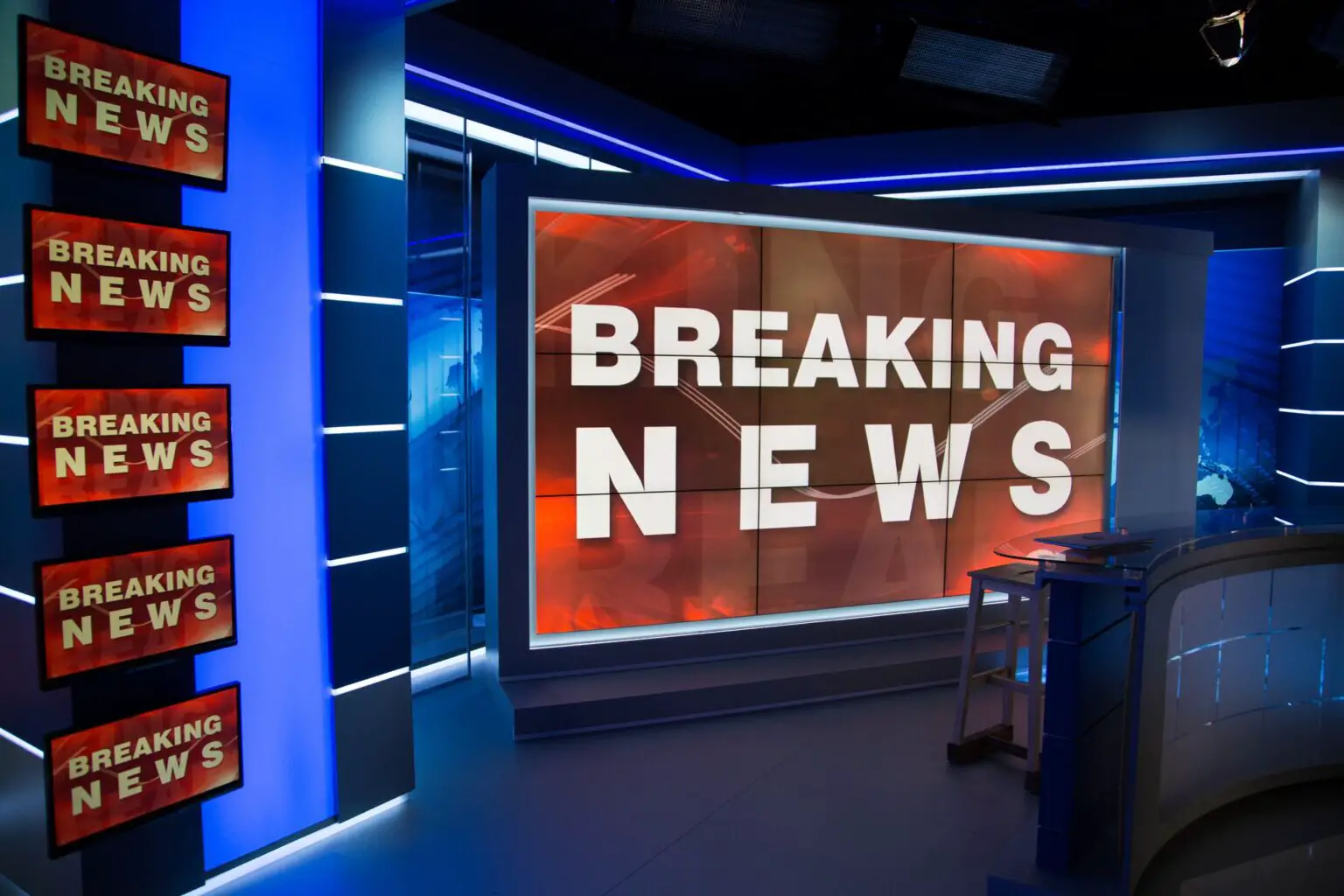
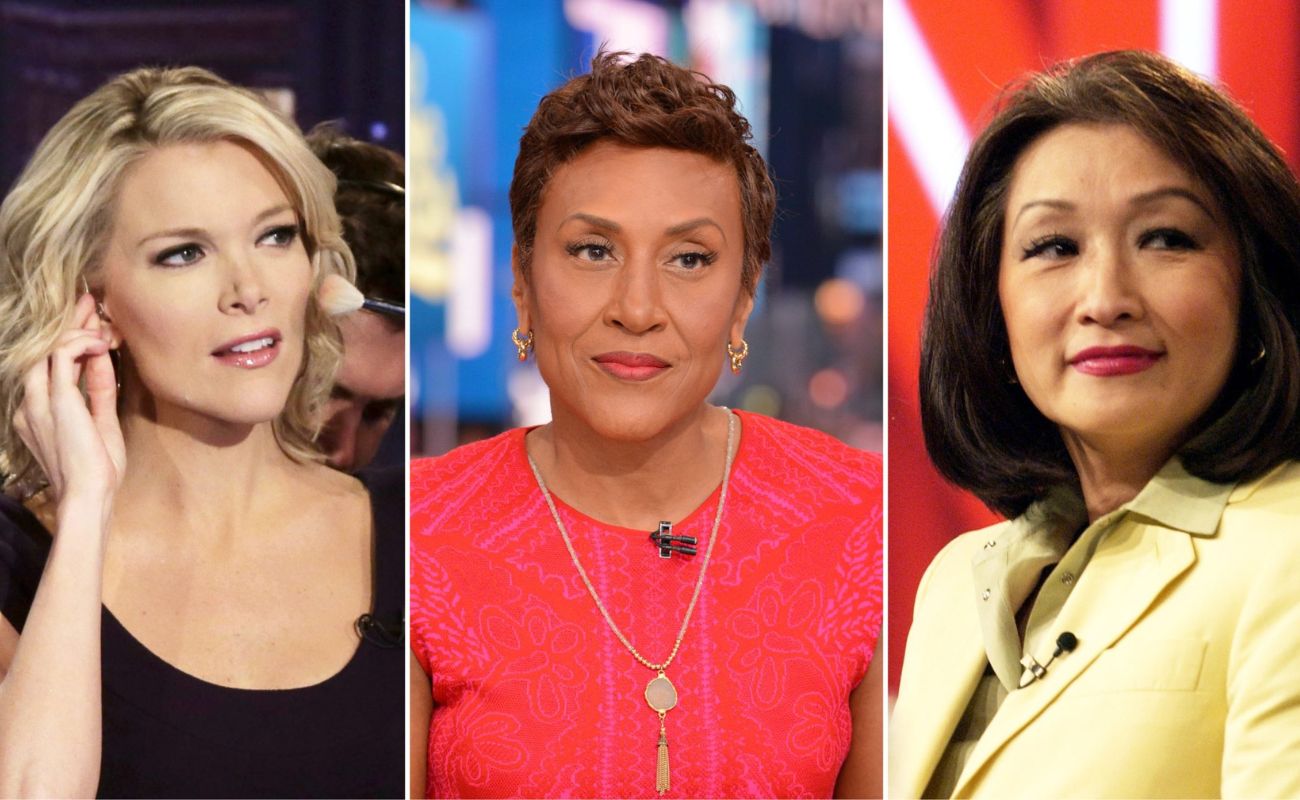
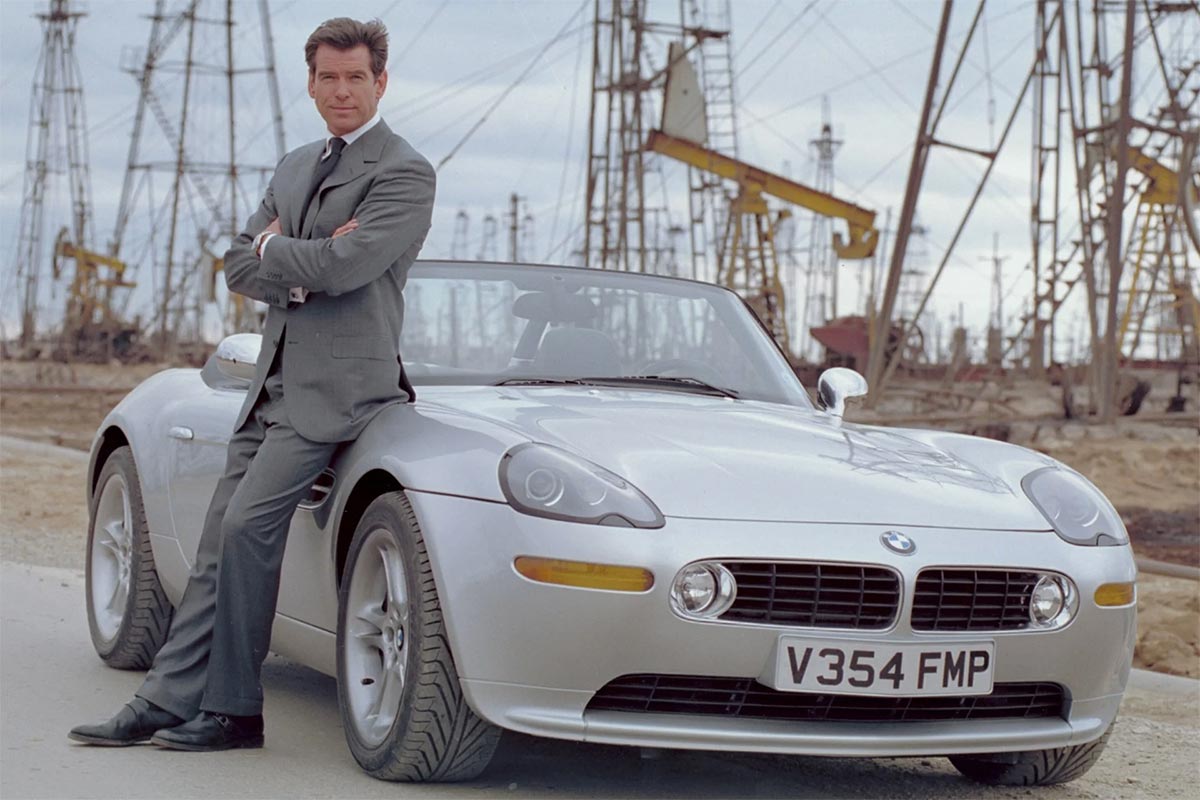
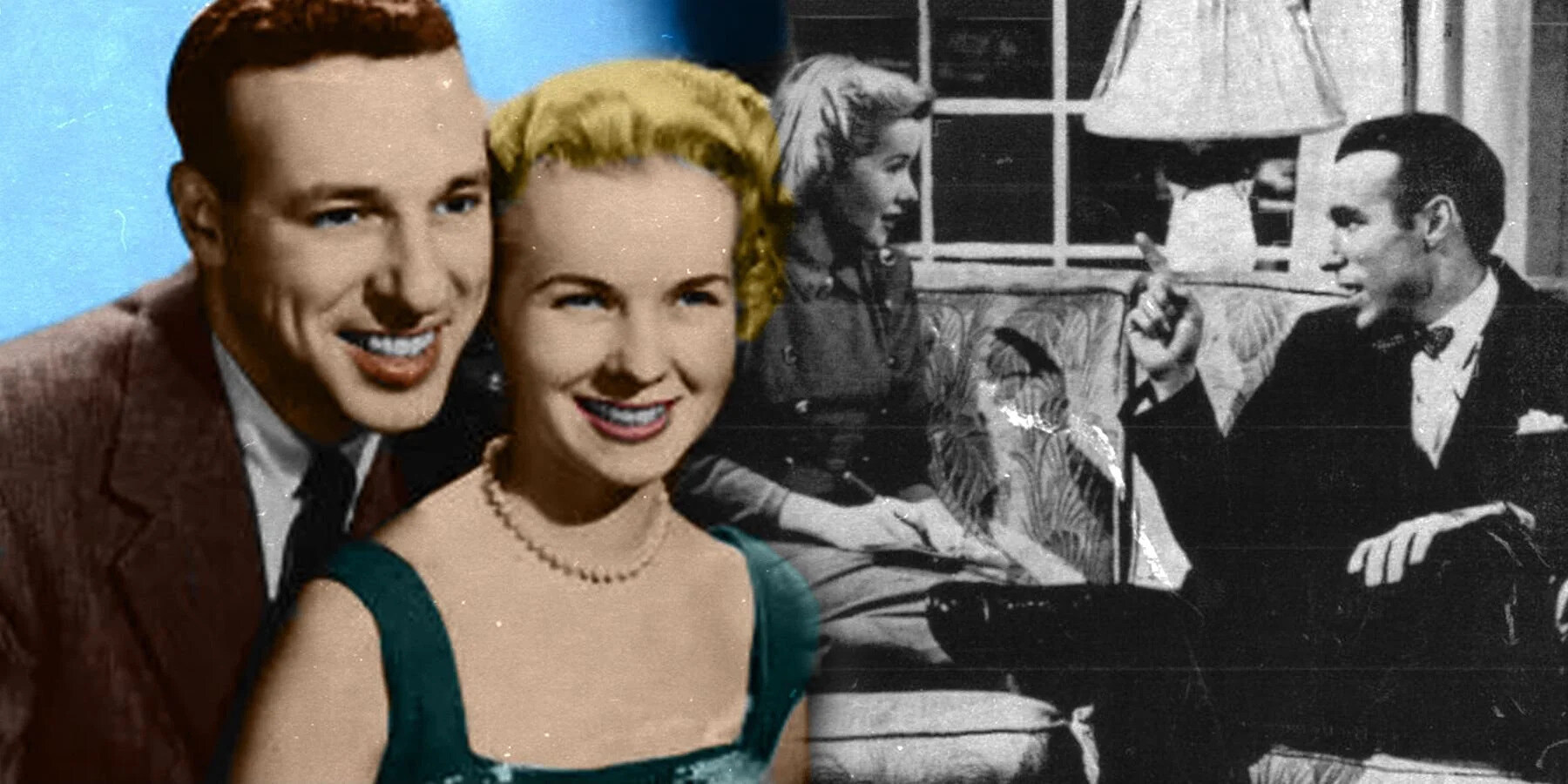
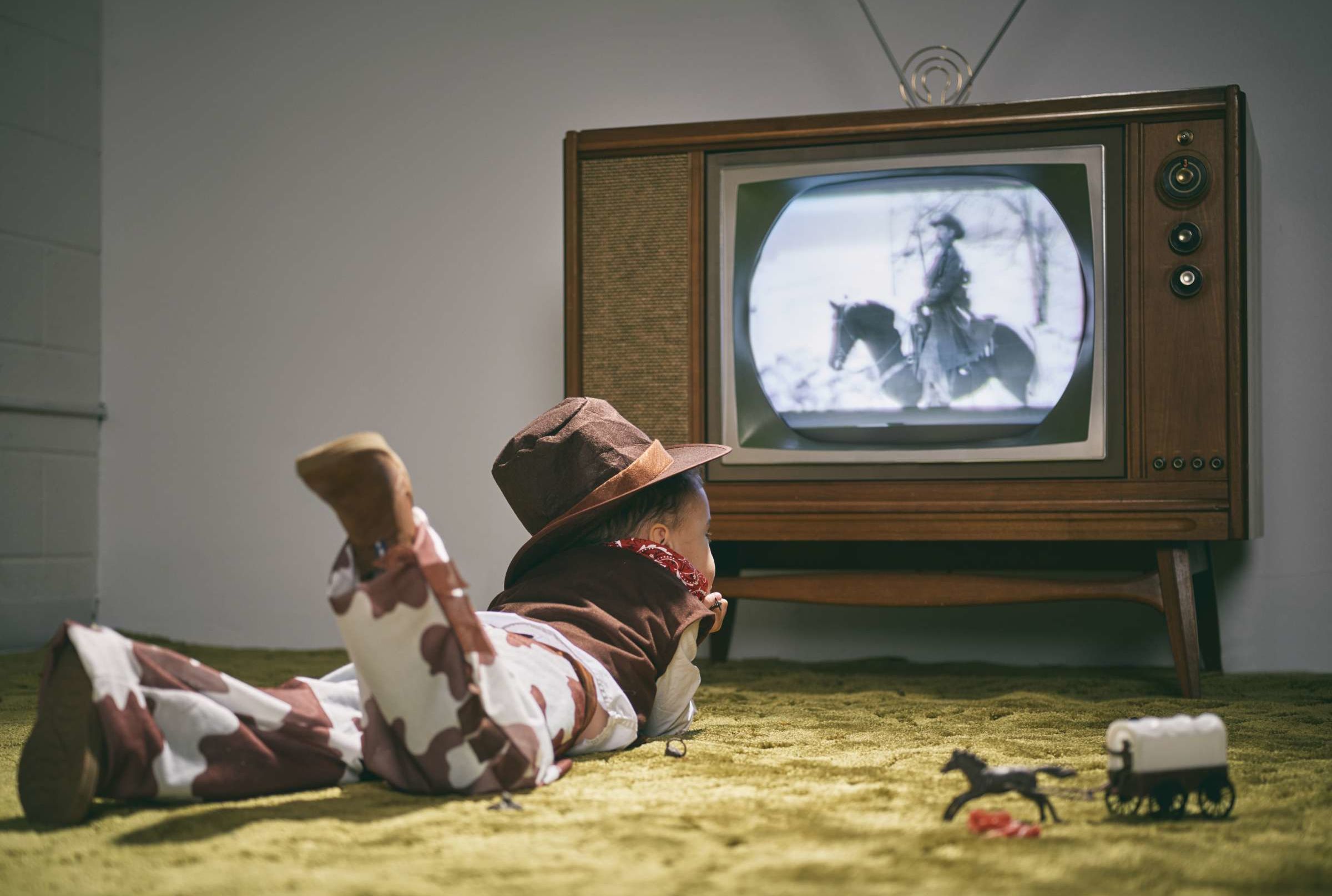

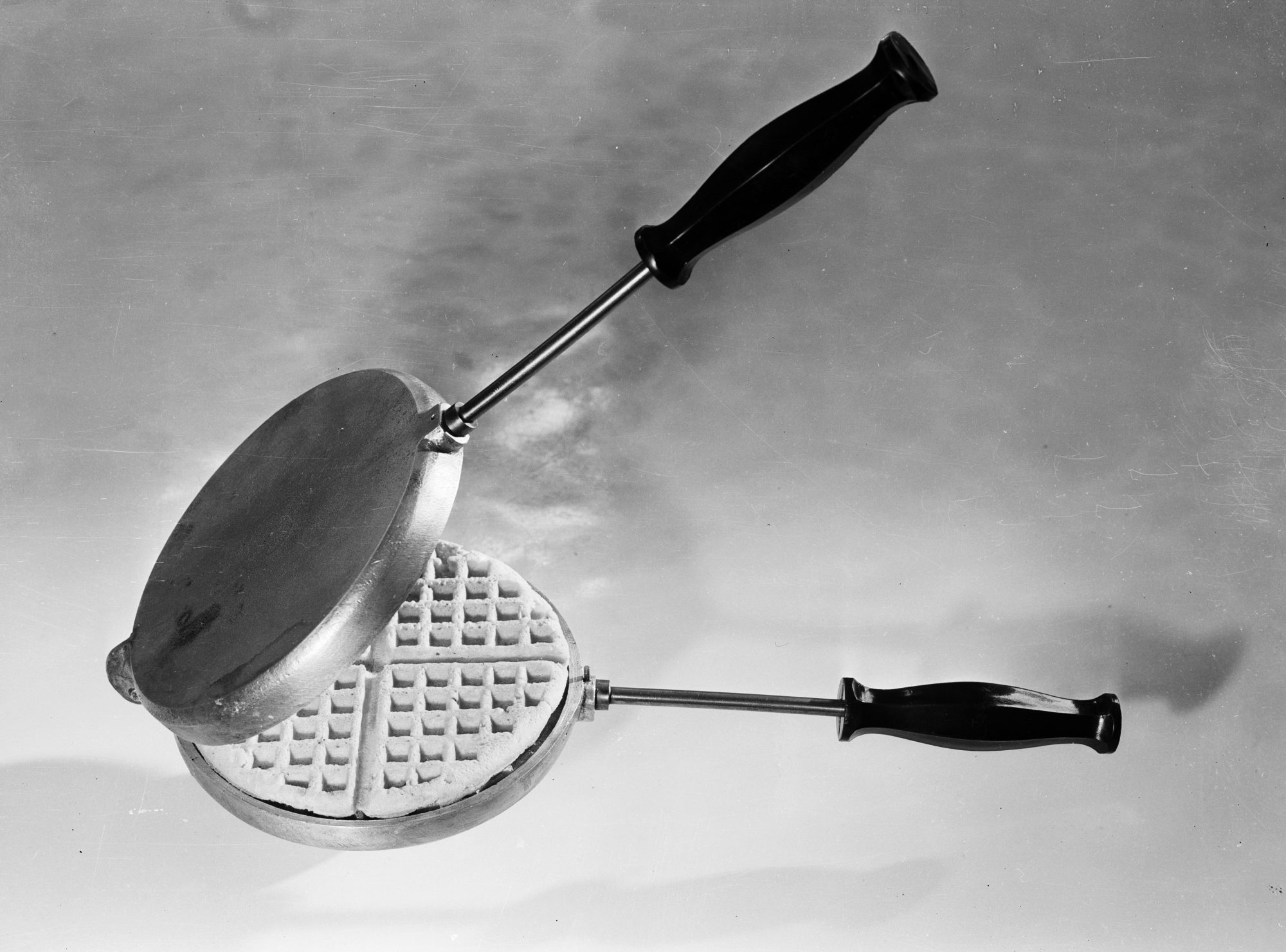
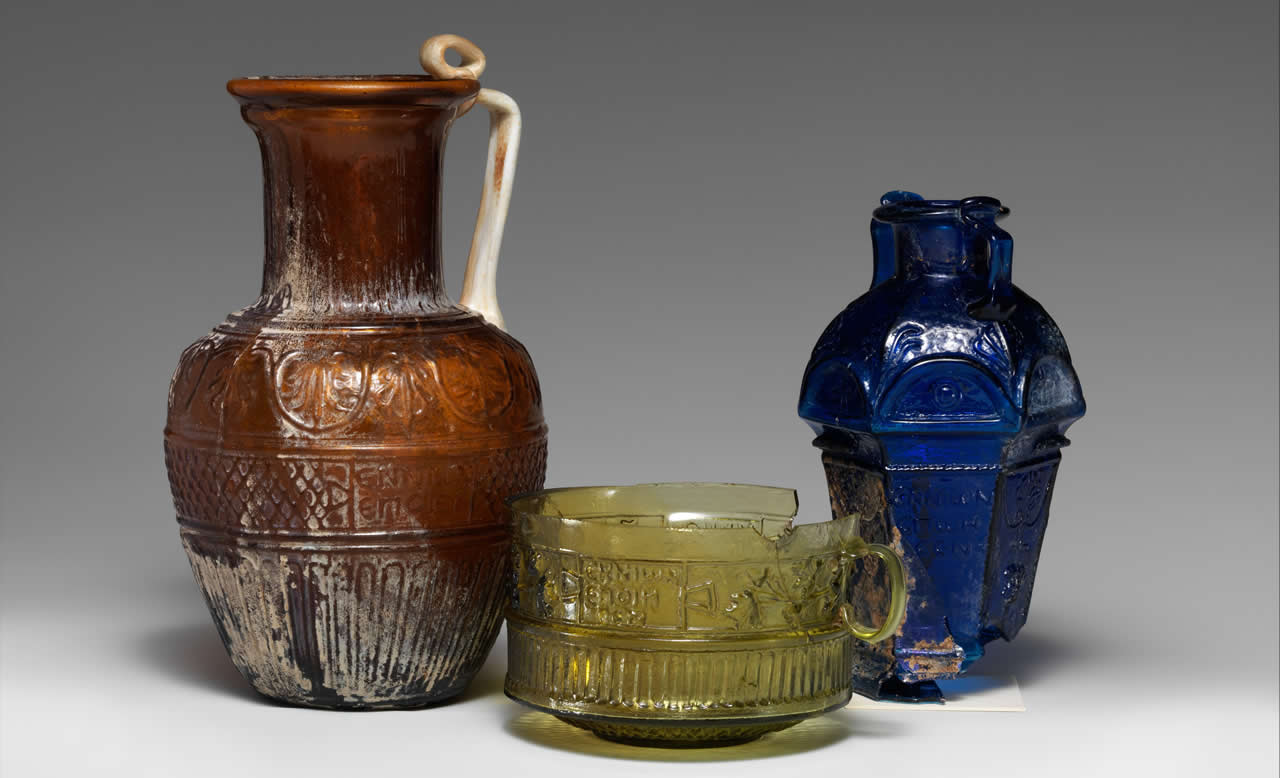

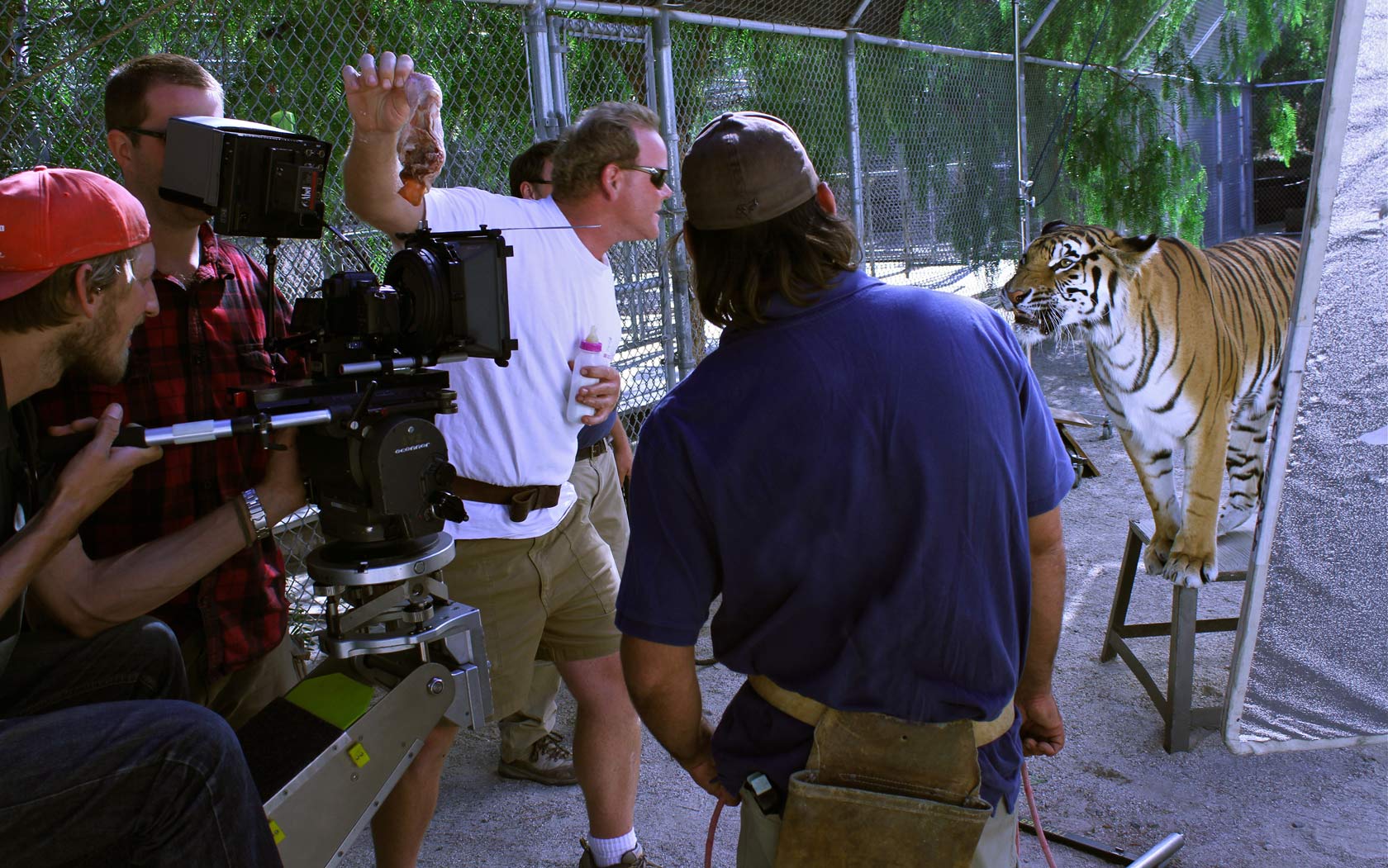
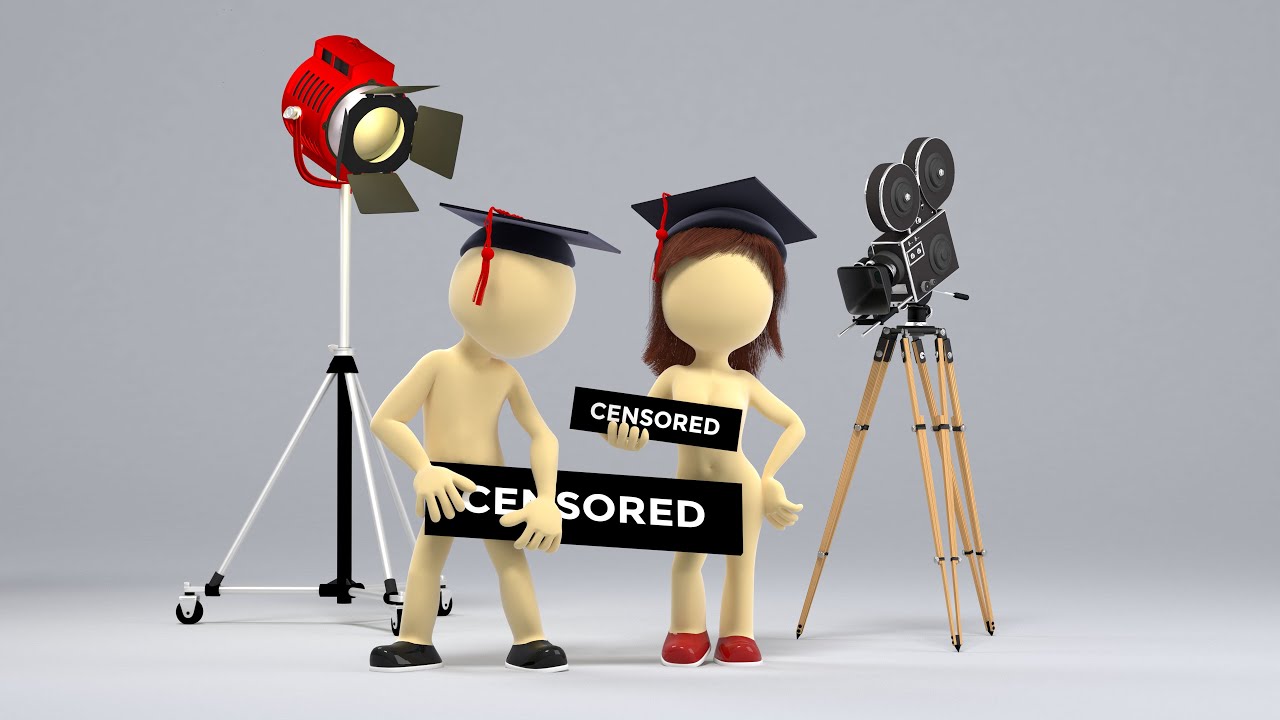
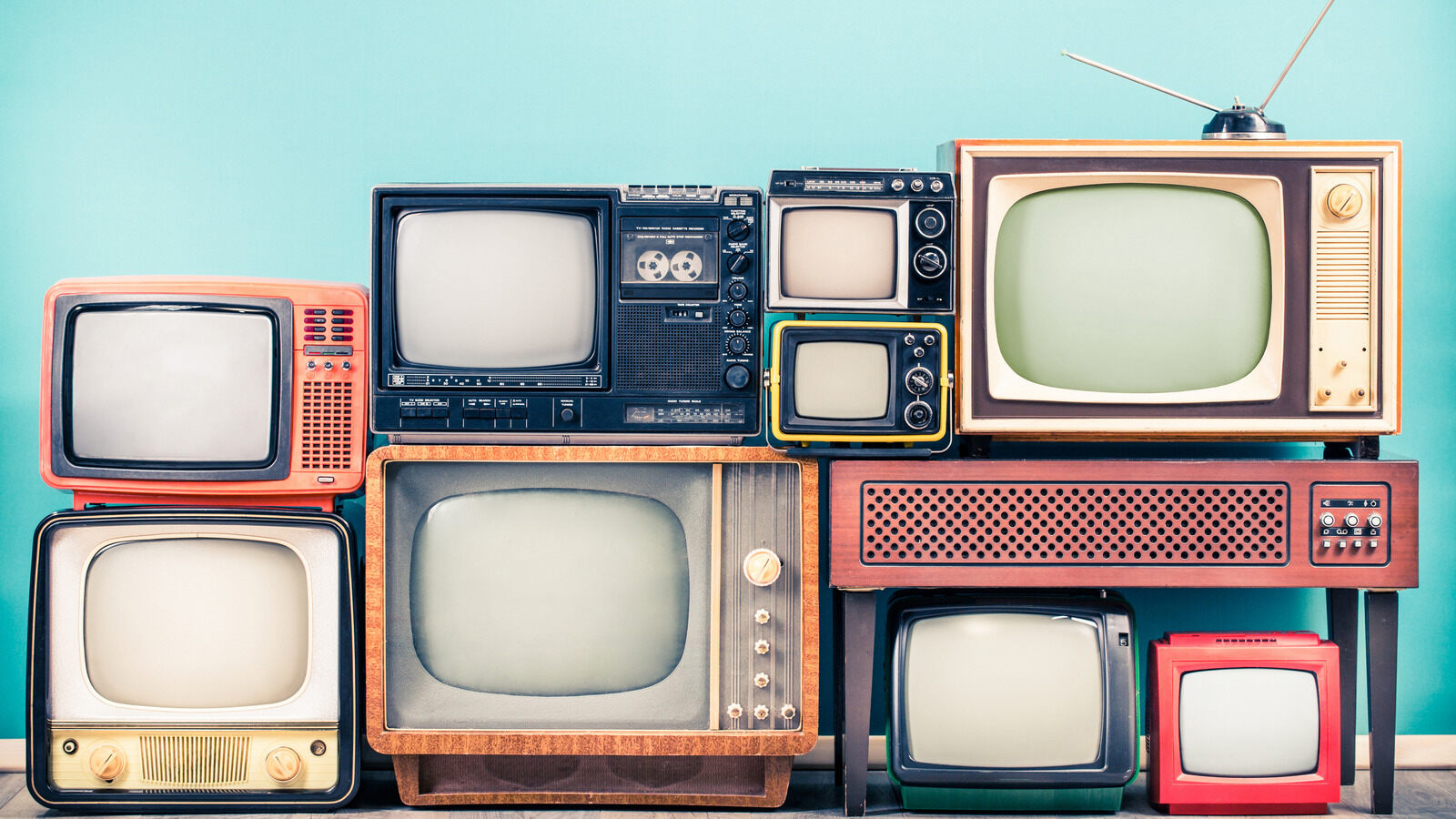


0 thoughts on “What Year Was The First Presidential News Conference Filmed For Television, And Who Was The President”